
"Island Bliss: Discovering the Magic of the Hawaiian Islands"

Table of Contents
1. Geography and climate of the Hawaiian Islands
2. History and culture of the Hawaiian Islands
3. Native Hawaiian traditions and customs
4. Hawaii's unique fora and fauna
5. Famous tourist attractions in Hawaii
6. Traditional Hawaiian cuisine and dishes
7. Volcanoes and lava felds in Hawaii
8. Marine life and coral reefs in the Hawaiian Islands
9. Impact of tourism on the environment and local communities in Hawaii
Topic: 1. Geography and climate of the Hawaiian Islands
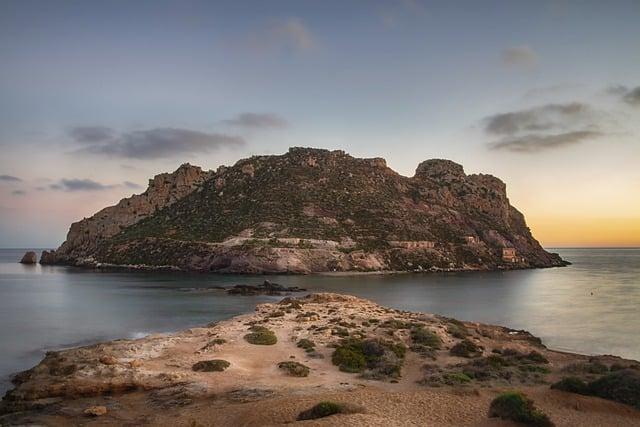
The Hawaiian Islands are located in the central Pacifc Ocean, about 2,000 miles off the coast of California. There are a total of eight main islands in the Hawaiian archipelago, with the largest and most well-known being Hawaii Island, also known as the Big Island. The islands were formed through volcanic activity, with some of the youngest and most active volcanoes in the world found on Hawaii Island. The geography of the islands varies greatly, with towering mountains, lush rainforests, pristine beaches, and volcanic deserts all present on different islands.

The climate of the Hawaiian Islands is tropical, with consistent temperatures throughout the year. The islands experience two main seasons: a dry season from April to October, and a wet season from November to March. The trade winds that blow from the northeast help to keep the islands cool and comfortable, with temperatures typically ranging from 75-85 degrees Fahrenheit. The islands also experience a phenomenon known as the "Kona winds," which bring humid and rainy weather from the south. Overall, the climate of Hawaii is known for its perfect year-round temperatures and abundant sunshine, making it a popular destination for tourists and locals alike.
How to fnally TRAVEL at a BARGAIN and enjoy LUXURY FOR LESS!
Topic: 2. History and culture of the Hawaiian Islands
The Hawaiian Islands have a rich history and culture that dates back thousands of years. The islands were frst settled by Polynesians who navigated across the Pacifc Ocean in large double-hulled canoes. These early settlers brought with them their own traditions, language, and customs, which laid the foundation for Hawaiian culture. The Hawaiian people lived in small, selfsustaining communities ruled by chiefs. They developed a complex system of agriculture that included the cultivation of taro, sweet potatoes, and other crops. They also fshed and hunted for food, and created intricate feathered capes and helmets for their chiefs and warriors.
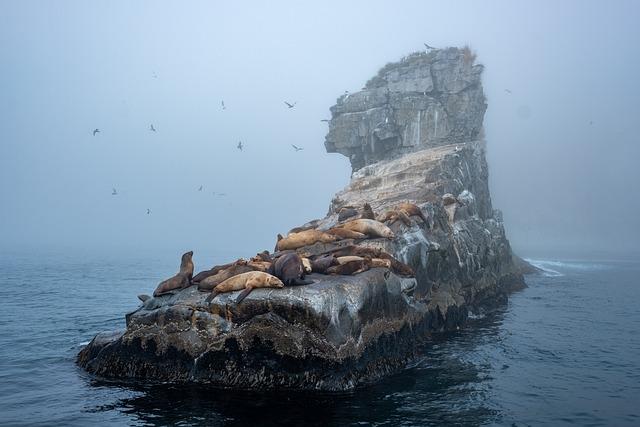
In 1778, British explorer Captain James Cook arrived in Hawaii, marking the beginning of signifcant changes for the islands. The arrival of Westerners brought diseases that devastated the Hawaiian population, and foreign traders introduced new technologies and goods that forever changed Hawaiian society. In 1893, American businessmen overthrew the Hawaiian monarchy, leading to Hawaii becoming a U.S. territory in 1898. Despite these dramatic events, Hawaiian culture has persevered. Today, the islands are a melting pot of cultures, with infuences from Asia, Europe, and the Americas blending with traditional Hawaiian customs. The hula dance, slack-key guitar music, and the language of Hawaiian are all important aspects of the islands' cultural heritage that continue to be celebrated and preserved. Tourists fock to Hawaii to experience the unique blend of history and culture that makes the islands so special.

How to fnally TRAVEL at a BARGAIN and enjoy LUXURY FOR LESS!
Topic: 3. Native Hawaiian traditions and customs
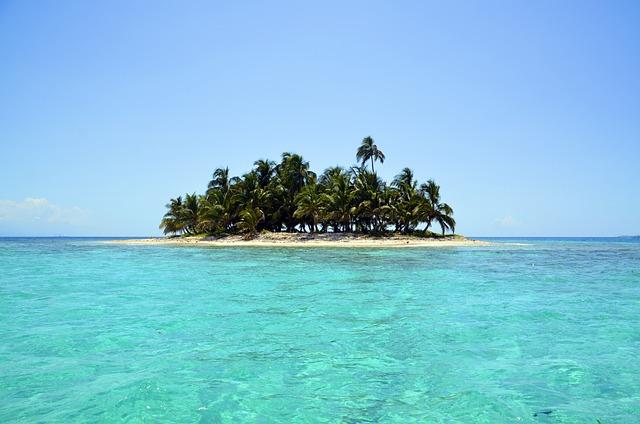
Native Hawaiian traditions and customs are deeply rooted in the belief that all things are interconnected and should be respected. One important aspect of Hawaiian culture is the practice of spiritual connection with nature and the land. Hawaiians believe that the land is sacred and must be treated with reverence and care. This connection to the land is seen in practices such as hula, which is not just a dance but a way of honoring the gods and ancestors.

Another important aspect of Native Hawaiian traditions is the importance of family and community. Hawaiians place a strong emphasis on ohana, or family, and believe in the concept of extended family that includes not just relatives, but also close friends and even strangers who are welcomed into the community. This sense of ohana extends to all aspects of life, from sharing meals to taking care of one another in times of need. It is also refected in ceremonies and rituals that bring the community together to celebrate important events and milestones. Overall, Native Hawaiian traditions and customs are deeply rooted in a strong connection to the land, a belief in the importance of family and community, and a sense of reverence for the spiritual world. These traditions continue to be passed down through generations and play a vital role in shaping the culture and identity of the Hawaiian people.
How to fnally TRAVEL at a BARGAIN and enjoy LUXURY FOR LESS!
Topic: 4. Hawaii's unique fora and fauna
Hawaii is home to a diverse range of fora and fauna that are not found anywhere else in the world. Due to its isolated location in the middle of the Pacifc Ocean, Hawaii has evolved its own unique ecosystem over millions of years. The islands are known for their lush tropical forests flled with a wide variety of plant species, many of which are endemic to the region. The Hawaiian Islands have over 1,000 native plant species, with a large number of them found only in Hawaii.
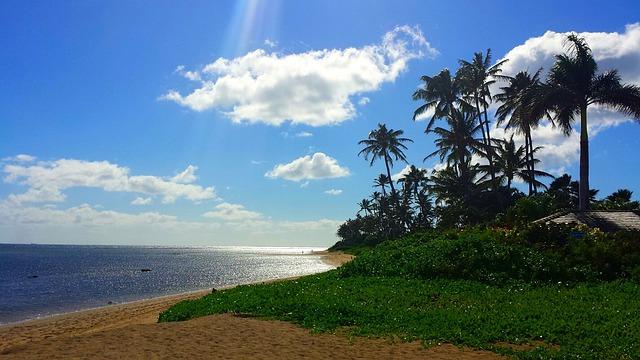
The fauna of Hawaii is just as unique as the fora, with many species of birds, insects, and marine life that are exclusive to the islands. One of the most famous examples is the Hawaiian honeycreeper, a group of colorful birds that have evolved into over 50 different species on the islands. The Hawaiian monk seal, a critically endangered species found only in Hawaii, is another iconic resident of the islands. The marine life surrounding Hawaii is also incredibly diverse, with coral reefs teeming with unique species of fsh, turtles, and marine mammals. Overall, Hawaii's fora and fauna are a testament to the beauty and biodiversity of the islands, making them a truly special and magical place to visit.

How to fnally TRAVEL at a BARGAIN and enjoy LUXURY FOR LESS!
Topic: 5. Famous tourist attractions in Hawaii
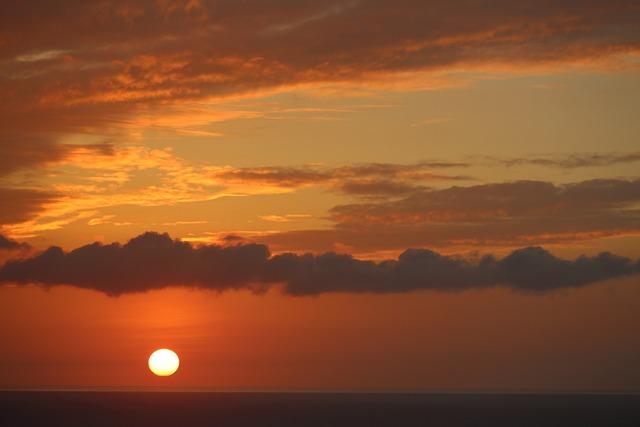
Hawaii is home to some of the most famous tourist attractions in the world, drawing millions of visitors each year. One of the most iconic attractions is the Pearl Harbor National Memorial, located on the island of Oahu. This historical site honors the lives lost during the attack on Pearl Harbor in 1941 and includes the USS Arizona Memorial, USS Utah Memorial, and USS Oklahoma Memorial. Visitors can learn about the events leading up to the attack and pay their respects to the servicemen and women who lost their lives.

Another popular attraction in Hawaii is the Hawai'i Volcanoes National Park, located on the Big Island. This park is home to two active volcanoes, Kilauea and Mauna Loa, and offers visitors the opportunity to witness the power of nature up close. The park features lava felds, steam vents, and hiking trails, allowing visitors to explore the unique landscape created by volcanic activity. Additionally, the park is home to diverse plant and animal species, making it a must-see destination for nature enthusiasts. Overall, Hawaii offers a wide range of tourist attractions that showcase the natural beauty, history, and culture of the islands.
How to fnally TRAVEL at a BARGAIN and enjoy LUXURY FOR LESS!
Topic: 6. Traditional Hawaiian cuisine and dishes
Traditional Hawaiian cuisine is a unique and diverse blend of infuences from various cultures, including Polynesian, Japanese, Portuguese, and Chinese. One of the most well-known dishes is poi, a starchy paste made from pounded taro root. Poi is a staple in Hawaiian cuisine and is often served alongside other dishes such as kalua pig, which is pork cooked in an underground oven called an imu. Another popular dish is lomi lomi salmon, a salad made with salted salmon, tomatoes, and onions.
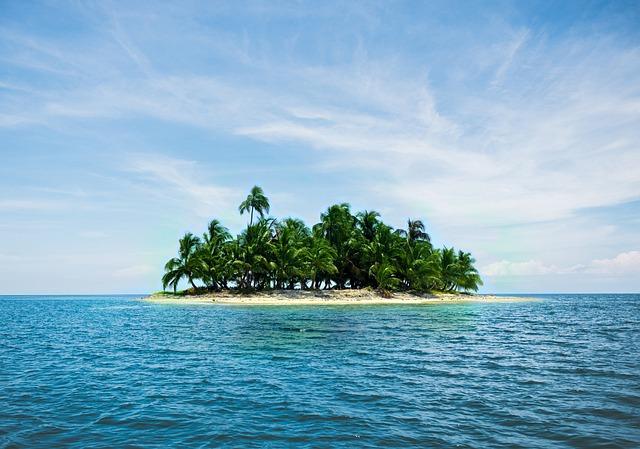
Hawaiian cuisine also features a variety of seafood dishes, including poke, which is a raw fsh salad typically made with ahi tuna marinated in soy sauce and other seasonings. Other seafood dishes include laulau, which is fsh or pork wrapped in taro leaves and steamed, and squid luau, a dish made with squid cooked in coconut milk and taro leaves. For dessert, traditional Hawaiian dishes include haupia, a coconut pudding, and malasadas, which are Portuguese-style fried doughnuts. Overall, traditional Hawaiian cuisine is a delightful mix of favors and ingredients that refect the rich cultural heritage of the islands.

How to fnally TRAVEL at a BARGAIN and enjoy LUXURY FOR LESS!
Topic: 7. Volcanoes and lava felds in Hawaii
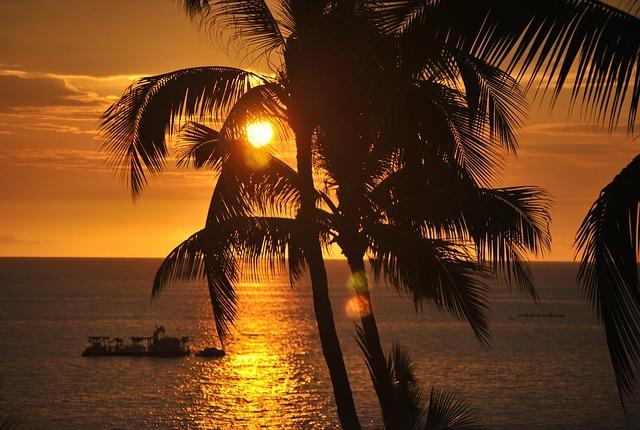
Hawaii, known for its stunning landscapes and diverse natural beauty, is also home to several active volcanoes and lava felds. The most famous of these volcanoes is Kilauea, located on the Big Island of Hawaii. Kilauea is one of the most active volcanoes in the world and has been continuously erupting since 1983. This volcano has produced not only lava fows but also ash clouds and volcanic gases that pose a risk to the surrounding areas. Despite the potential dangers, the lava fows have created unique landscapes and added new land to the island's coastline, making it a popular attraction for visitors.
In addition to Kilauea, Mauna Loa, another active volcano on the Big Island, is one of the largest volcanoes on Earth. Mauna Loa last erupted in 1984, sending lava fows down its fanks and into the ocean. The lava felds created by these eruptions have left dramatic scars on the landscape, showcasing the raw power and beauty of nature. Visitors to Hawaii have the opportunity to witness these volcanic landscapes up close, whether it be by helicopter tour, hiking to lava viewing areas, or simply driving along the scenic routes that offer glimpses of the smoking craters and molten lava fows. The volcanoes and lava felds in Hawaii are a reminder of the dynamic and ever-changing nature of our planet, and serve as a testament to the forces that shape our world.

How to fnally TRAVEL at a BARGAIN and enjoy LUXURY FOR LESS!
Topic: 8. Marine life and coral reefs in the Hawaiian Islands
The Hawaiian Islands are home to a diverse array of marine life and stunning coral reefs that attract visitors from around the world. The crystal-clear waters surrounding the islands are teeming with colorful fsh, sea turtles, dolphins, and whales. These waters are also home to over 410 species of fsh, many of which are endemic to the Hawaiian Islands. The coral reefs in Hawaii are some of the most vibrant and healthy in the world, providing essential habitats for marine life and helping to protect the shoreline from erosion.
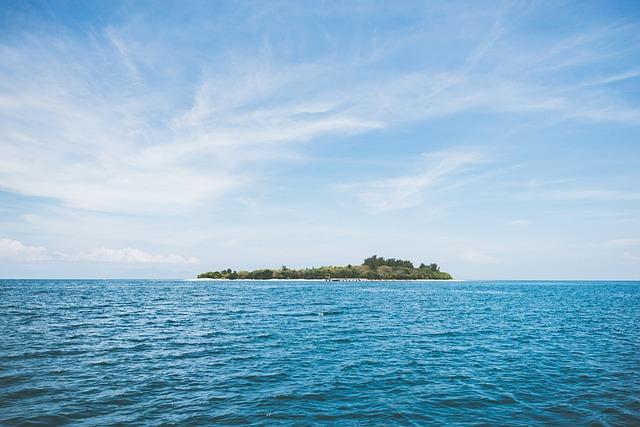
In recent years, these delicate ecosystems have come under threat from human activities such as overfshing, pollution, and climate change. The warming of the oceans has led to coral bleaching events, where the coral expels the algae living within its tissues, causing the coral to turn white and eventually die. Efforts are being made by conservationists and local communities to protect and preserve these precious resources. Marine protected areas have been established to limit fshing and protect critical habitats, while initiatives to reduce pollution and promote sustainable tourism are also helping to ensure the long-term health of the marine life and coral reefs in the Hawaiian Islands. Visitors are encouraged to participate in eco-friendly activities such as snorkeling, diving, and whale watching, and to support businesses that are committed to protecting the environment. By working together, we can ensure that future generations will be able to appreciate the beauty and diversity of the marine life and coral reefs in the Hawaiian Islands.

How to fnally TRAVEL at a BARGAIN and enjoy LUXURY FOR LESS!
Topic: 9. Impact of tourism on the environment and local communities in Hawaii
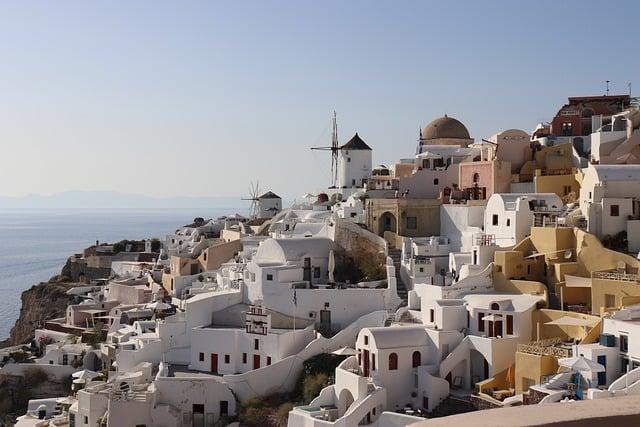
Tourism in Hawaii has brought both positive and negative impacts on the environment and local communities. On one hand, the tourism industry has generated economic growth and job opportunities for local residents. This has boosted the state's economy and provided a source of income for many people. However, the infux of tourists has also taken a toll on Hawaii's fragile ecosystem. The increase in pollution, waste generation, and natural resource depletion has put a strain on the environment, threatening the delicate balance of the islands' ecosystems.

Furthermore, the growth of tourism has also led to issues of cultural appropriation and displacement of local communities. The infux of visitors has resulted in a loss of traditional practices and values among indigenous communities, as well as an increase in the cost of living for residents due to the rise in property prices driven by tourism demand. This has created tension between locals and tourists, as well as a sense of alienation and displacement among indigenous communities. Overall, while tourism has brought economic benefts to Hawaii, it has also had negative impacts on the environment and local communities, highlighting the need for sustainable tourism practices and efforts to preserve the islands' natural and cultural heritage.
How to fnally TRAVEL at a BARGAIN and enjoy LUXURY FOR LESS!
